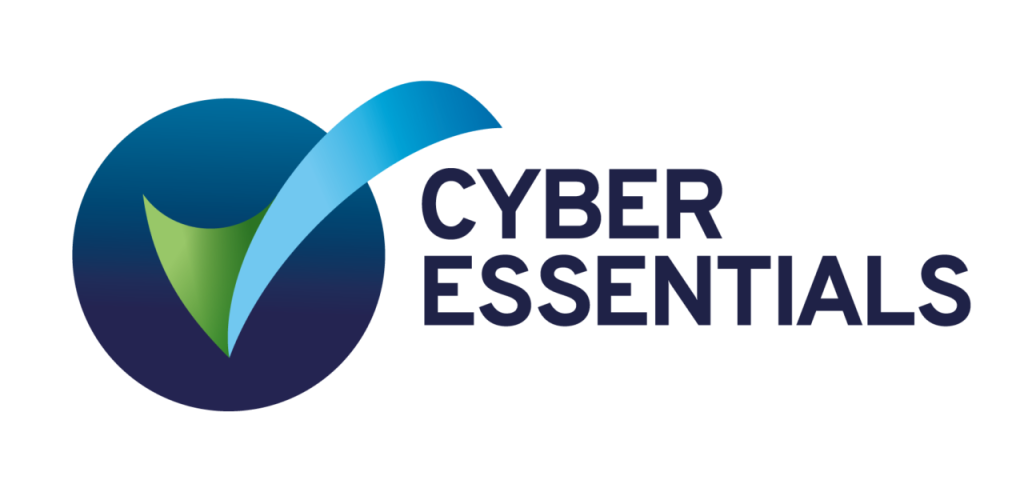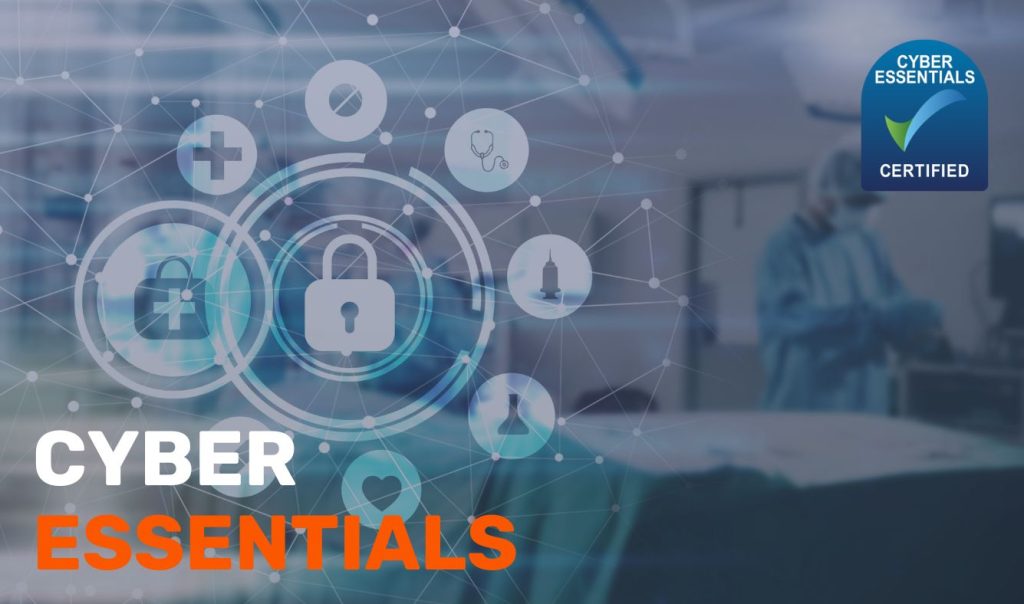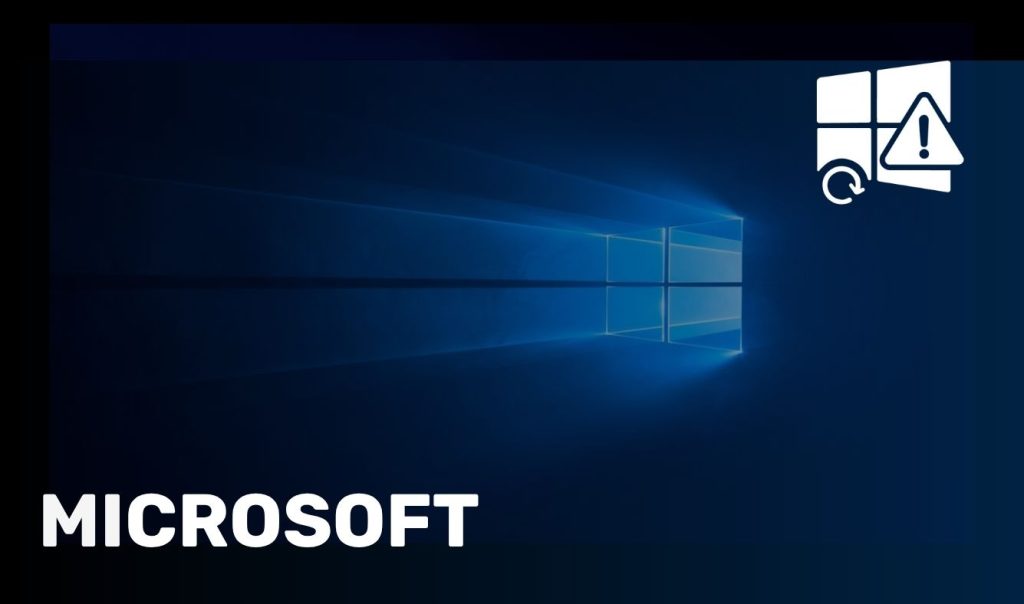In today’s digital world, where cyber threats are becoming increasingly sophisticated, safeguarding your organisation’s IT systems is essential. One effective way to demonstrate your commitment to cybersecurity is by obtaining Cyber Essentials certification, a UK government-backed scheme that helps organisations protect themselves from common online threats.
This comprehensive guide by Creative Networks walks you through the key steps to prepare for a Cyber Essentials assessment, explaining the requirements and how you can ensure that your organisation meets the necessary standards. Whether you’re a small business owner or an IT professional, following these steps will streamline your certification process and improve your cybersecurity posture.

What is Cyber Essentials?
Cyber Essentials is a UK government initiative designed to help organisations implement the necessary security controls to protect against the most common cyber threats. By adhering to the Cyber Essentials framework, businesses can safeguard their IT systems, reduce the risk of attacks, and ensure compliance with data protection regulations.
6 Steps to Prepare for a Cyber Essentials Assessment
To achieve Cyber Essentials certification, you must demonstrate that your organisation has implemented the necessary security measures. The following six steps will help you prepare for the Cyber Essentials assessment and ensure that your organisation meets the required standards.
Step 1: Understand the Requirements
The first step in preparing for a Cyber Essentials assessment is thoroughly understanding the scheme’s requirements. The five core controls outlined by Cyber Essentials form the backbone of the certification process.
These controls are:
- Firewalls and Internet Gateways: Firewalls protect your systems from external threats by monitoring incoming and outgoing network traffic.
- Secure Configuration: Devices and software must be configured securely, ensuring that unnecessary features and accounts are disabled.
- Access Control: Only authorised individuals should have access to your systems, with multi-factor authentication (MFA) and strong password policies in place.
- Malware Protection: Anti-malware software must be installed and regularly updated to detect and prevent malicious software.
- Patch Management: Regularly updating software with the latest security patches is essential to close vulnerabilities.
Familiarise yourself with each control and understand how they apply to your organisation. This is especially important if you’re deciding between Cyber Essentials and Cyber Essentials Plus, which involves additional technical testing.
Step 2: Conduct a Gap Analysis
Once you understand the Cyber Essentials requirements, the next step is to perform a gap analysis to assess your current security posture. A gap analysis will help you identify areas where your organization already complies with the Cyber Essentials standards and where improvements are needed.
Key areas to assess during the gap analysis include:
- Firewall configurations and network security measures.
- Secure configuration practices for all devices and software.
- User access controls and password policies.
- Anti-malware software and its update frequency.
- Software patching processes for operating systems and applications.
Document your findings to create a clear action plan that addresses any gaps and ensures all required controls are implemented before the assessment.
Step 3: Implement Required Controls
Based on the results of your gap analysis, the next step is to implement the necessary security controls to meet the Cyber Essentials requirements.
- Firewalls: Ensure that all devices are protected by properly configured firewalls to prevent unauthorized access. Restrict access to external networks, and regularly review firewall rules to ensure they are up to date.
- Secure Configuration: Review device and software configurations to remove or disable any unnecessary accounts, services, or features that may present vulnerabilities. Apply baseline configurations to ensure consistency across devices.
- Access Control: Implement user access controls based on roles and responsibilities. Use multi-factor authentication (MFA) wherever possible and enforce strong password policies. Regularly review access rights to ensure they are appropriate.
- Malware Protection: Ensure that anti-malware software is installed and updated regularly. Restrict the download of software from untrusted sources and consider disabling macros from unknown documents to prevent malware execution.
- Patch Management: Establish a patch management process that ensures all systems and software are updated with the latest security patches. Use automated tools to deploy patches efficiently and prioritize critical updates.
By implementing these controls, you can significantly reduce your organisation’s exposure to cyber threats and ensure compliance with Cyber Essentials.
Step 4: Document Policies and Procedures
Once the necessary controls are in place, it’s essential to document your policies and procedures related to each security control. Comprehensive documentation not only provides a clear reference for ongoing maintenance but is also required during the assessment to demonstrate compliance.
Key documentation should include:
- Firewall configuration details and rules.
- Device and software secure configuration policies.
- User access management and MFA policies.
- Anti-malware software management and update schedules.
- Patch management procedures, including update frequency and responsibilities.
Ensure that your documentation is clear, up to date, and easily accessible to relevant teams. This will streamline the assessment process and provide evidence that your organisation follows best practices in cybersecurity.
Step 5: Conduct Employee Training and Awareness
Employees play a vital role in your organisation’s cybersecurity, and their awareness of potential threats and best practices is crucial. Training and awareness programs ensure that your staff understands the importance of cybersecurity and how they can contribute to maintaining a secure environment.
Key training topics should include:
- Recognising phishing attempts and how to report suspicious emails.
- Best practices for secure internet browsing and email usage.
- The importance of strong passwords and multi-factor authentication.
- Safe usage of external devices like USBs and external hard drives.
Regular cybersecurity training sessions, along with ongoing awareness campaigns, will reinforce the importance of cybersecurity across your organisation and minimise human-related risks.
Step 6: Complete the Self-Assessment Questionnaire
The final step in the Cyber Essentials certification process is to complete the self-assessment questionnaire. This questionnaire covers the five key controls and asks for detailed information on how your organisation has implemented each one.
When completing the questionnaire, ensure that all responses are accurate and supported by documented evidence, such as firewall configurations, security policies, and patch management logs. The questionnaire must be reviewed and approved by a senior executive or IT manager before submission to an accredited certification body.
For Cyber Essentials Plus, prepare for an additional technical assessment, where an independent assessor will verify the effectiveness of your controls by testing your systems.
Benefits of Cyber Essentials Certification
Achieving Cyber Essentials certification provides numerous benefits for organisations of all sizes:
- Protection Against Common Threats: By implementing the five key controls, you significantly reduce the risk of falling victim to common cyber attacks.
- Improved Business Reputation: Certification demonstrates to customers, partners, and stakeholders that your organisation takes cybersecurity seriously.
- Competitive Advantage: Many businesses now require suppliers to be Cyber Essentials certified, and being certified can give you a competitive edge.
- Compliance with Regulations: Cyber Essentials helps organisations comply with data protection laws like GDPR, ensuring sensitive data is securely handled.
Preparing for a Cyber Essentials assessment may seem challenging, but by following these steps—understanding the requirements, conducting a gap analysis, implementing controls, documenting policies, training staff, and completing the self-assessment—you can confidently achieve certification.
Cyber Essentials certification is not only a strong defense against cyber threats but also a way to build trust with clients, partners, and regulators, ensuring that your organisation is equipped to face the digital challenges of today’s world.
Ready to Achieve Cyber Essentials Certification with Expert Guidance?
At Creative Networks, we specialise in helping businesses like yours navigate the Cyber Essentials certification process with ease. From conducting gap analyses to implementing security controls and preparing for the assessment, our team of cybersecurity experts will work closely with you every step of the way. Whether you’re a small business aiming for basic certification or need support for Cyber Essentials Plus, we ensure your IT systems are secure, compliant, and ready to defend against common cyber threats.
Let us help you safeguard your business and build trust with clients and partners through Cyber Essentials certification.
Contact Creative Networks today to get started on your journey to certification!




